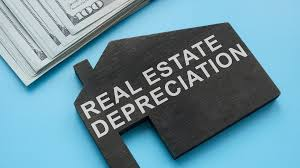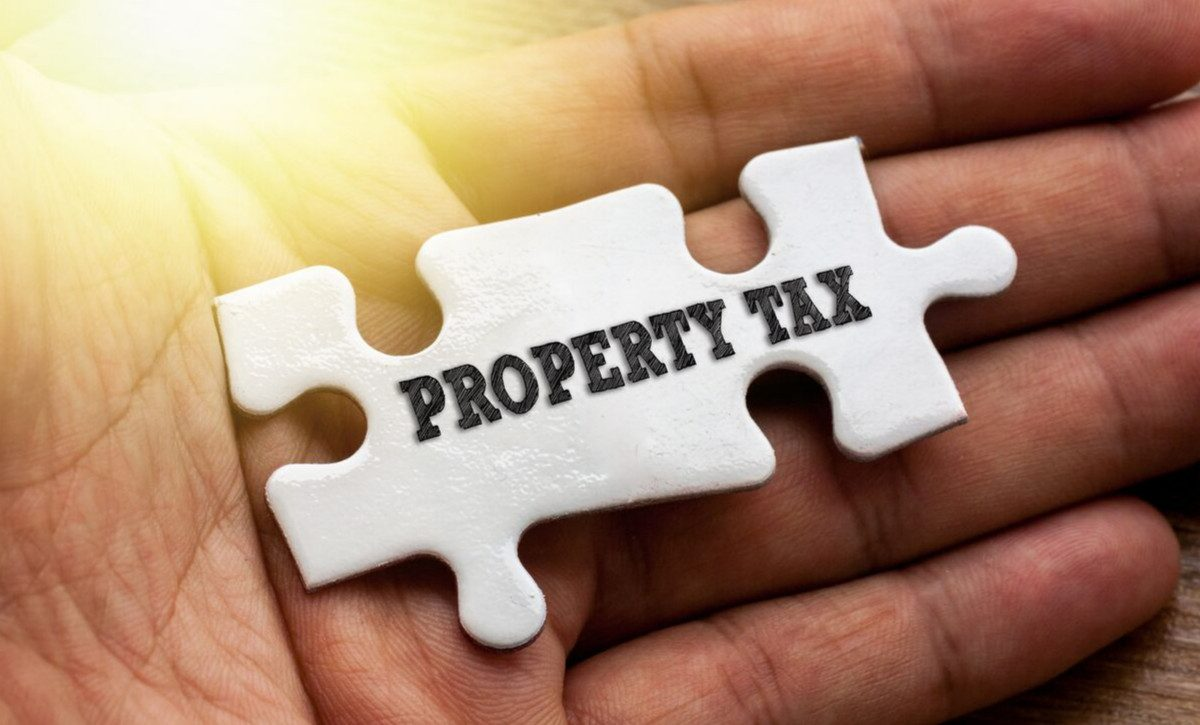Now Reading: How Capital Gains Tax Affects Real Estate Sales
-
01
How Capital Gains Tax Affects Real Estate Sales
How Capital Gains Tax Affects Real Estate Sales

Table of Contents
When selling a home or investment property in the United States, many sellers focus on the profit[Capital Gains] they stand to make. However, one critical factor often overlooked is the impact of capital gains tax. This tax can significantly reduce the amount of money you take home from a real estate sale. Understanding how capital gains tax works, what exemptions are available, and how to plan strategically can help you maximize your profits. In this article, we’ll break down the essentials of capital gains tax, its effect on real estate sales, and practical tips for navigating this complex topic.
What Is Capital Gains Tax?
Capital gains tax is a federal tax applied to the profit you earn when you sell an asset, such as real estate, for more than you paid for it. The Internal Revenue Service (IRS) considers the difference between the purchase price (also called the “basis”) and the sale price as your capital gain. For real estate, this tax applies to both residential properties and investment properties, but the rules differ depending on the property type and how long you’ve owned it.
There are two types of capital gains: short-term and long-term. Short-term capital gains apply to assets held for one year or less, and these are taxed at your ordinary income tax rate, which can be as high as 37% for high earners in 2025. Long-term capital gains, for assets held longer than one year, benefit from lower tax rates, ranging from 0% to 20%, depending on your income level. For most real estate sales, long-term capital gains rates are more relevant, as properties are typically held for more than a year.
For example, if you bought a home for $300,000 and sold it for $500,000 after two years, your capital gain would be $200,000. Depending on your income and tax filing status, you’d owe a portion of that gain to the IRS as capital gains tax. Understanding these rates is crucial for anyone planning to sell property.
How Capital Gains Tax Applies to Real Estate

When you sell a property, the IRS calculates your taxable gain by subtracting your adjusted basis from the sale price. The adjusted basis includes the original purchase price plus any improvements you made to the property (like adding a new roof or renovating a kitchen) minus any depreciation (for investment properties). Here’s a simplified breakdown:
- Purchase Price: What you paid for the property.
- Improvements: Costs for significant upgrades that increase the property’s value or extend its life.
- Depreciation: For investment properties, the IRS allows you to deduct depreciation over time, which reduces your basis.
- Sale Price: The amount you sell the property for, minus selling costs like real estate agent commissions.
For example, suppose you bought an investment property for $400,000, spent $50,000 on renovations, and claimed $20,000 in depreciation. Your adjusted basis would be $430,000 ($400,000 + $50,000 – $20,000). If you sell the property for $600,000, your capital gain would be $170,000 ($600,000 – $430,000). This gain is subject to capital gains tax.
For primary residences, the IRS offers a significant exemption that can reduce or eliminate your tax liability. We’ll explore this next.
The Primary Residence Exemption

One of the most valuable tax breaks for homeowners is the Section 121 exclusion, which allows individuals to exclude up to $250,000 of capital gains ($500,000 for married couples filing jointly) from the sale of their primary residence. To qualify, you must meet two conditions:
- Ownership Test: You must have owned the home for at least two years.
- Residence Test: You must have lived in the home as your primary residence for at least two of the last five years before the sale.
For example, a married couple who bought their home for $400,000 and sold it for $800,000 after living there for three years would have a $400,000 gain. Thanks to the $500,000 exclusion, they would owe no capital gains tax. However, if their gain was $600,000, they’d owe tax on the $100,000 that exceeds the exclusion.
This exemption is a game-changer for many homeowners, but it doesn’t apply to investment properties or second homes. For those, you’ll need other strategies to minimize your tax burden.
Investment Properties and Depreciation Recapture
Investment properties, like rental homes or commercial buildings, face additional tax considerations. When you own an investment property, the IRS allows you to deduct depreciation, which assumes the property loses value over time. However, when you sell the property, the IRS requires you to “recapture” that depreciation and pay tax on it at a rate of up to 25%.
For instance, if you claimed $50,000 in depreciation on a rental property, that amount would be taxed at the depreciation recapture rate, even if your overall gain qualifies for the lower long-term capital gains rate. This can catch many investors off guard, so it’s essential to factor depreciation recapture into your tax planning.
Strategies to Minimize Capital Gains Tax
While capital gains tax is unavoidable in many cases, there are several strategies to reduce its impact on your real estate sales:
- Hold Properties Longer: By holding a property for more than one year, you qualify for lower long-term capital gains rates. This can save you significant money compared to short-term rates.
- Use a 1031 Exchange: For investment properties, a 1031 exchange allows you to defer capital gains tax by reinvesting the proceeds into a similar (“like-kind”) property. For example, if you sell a rental property for a $200,000 gain, you can buy another rental property of equal or greater value and defer the tax. Strict rules apply, so consult a tax professional to ensure compliance.
watch more about this
read more: Understanding Real Estate Depreciation for Tax Benefits






















